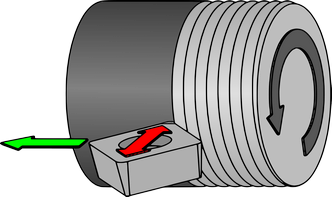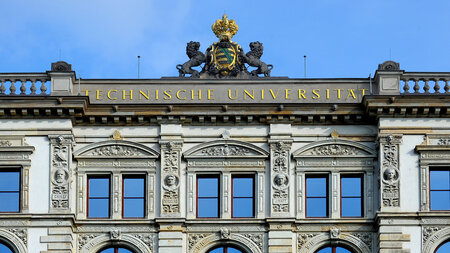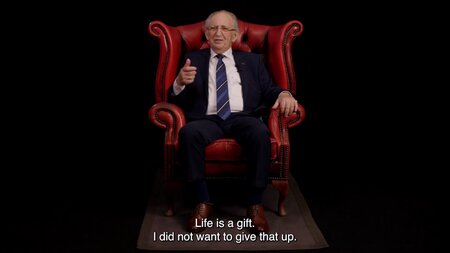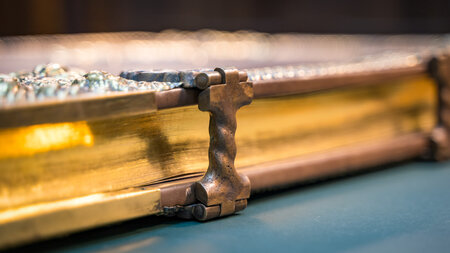Project Information
| Title of the project: | In-process detection and closed-loop control of the amplitude during ultrasonic vibration superimposed turning for predefined and highly efficient surface microstructuring |
| Duration: | 01/2023 – 12/2024 |
| Project execution organisation: | Deutsche Forschungsgemeinschaft (German Research Foundation) |
| Project leader: | Prof. Dr.-Ing. Andreas Schubert |
| Staff: | Hendrik Liborius, M. Sc. Dr.-Ing. Andreas Nestler |
| Project partner: | Professorship Adaptronics and Lightweight Design in Production (Chemnitz University of Technology) |
| Abstract: |
Increasing demands regarding the efficiency and functionality of technical systems put a stronger focus on their surface properties. Microstructured surfaces offer an especially high potential for improving these properties, for example a reduction of the sliding friction. Currently, microstructuring is usually realised by an additional process like laser ablation. This approach results in longer process chains and high costs. Consequently, a direct integration of the microstructuring into the final machining process is sought. Turning with an ultrasonic vibration superposition in the direction of the passive force represents a highly efficient process. Thereby, more than 20,000 microstructures per second can be generated directly in the final machining process. However, there are still open questions regarding the generation of the microstructures and the automatic control of the system to ensure a constant vibration amplitude. The objective of the research project is to gain an in-depth understanding of the integral interactions when turning with an ultrasonic vibration superposition in the direction of the passive force. The focus is set on controlling the ultrasonic vibration system as well as the mechanisms in the shear zone depending on the process parameters, materials and tools including the resulting surface microstructures. A close-to-process measuring of mechanical signals of the ultrasonic transducer instead of electrical signals is expected to enable a high precision closed-loop control of the amplitude of ultrasonic vibrations. For this task a special ultrasonic transducer with two interchangeable sonotrodes allowing for a precise adjustment of the vibration amplitude by the integrated sensors is designed. Pilot experiments addressing the chip formation and kinematic simulations of the generated surface enable the setting of the necessary process parameters. For the experimental investigations, a bronze material is used. The sensor data collected, the results from the geometrical analysis of the microstructured surface, and the chips generated are investigated. Based on this, differences between the manufactured surfaces and the simulated ones are linked to specific effect mechanisms and the data collected from the sensors. Furthermore, a closed-loop control including the signals of the sensors positioned near the cutting tool is developed. Consequently, the suitability of close-to-process sensors for the control of ultrasonic vibration systems can be evaluated. |







